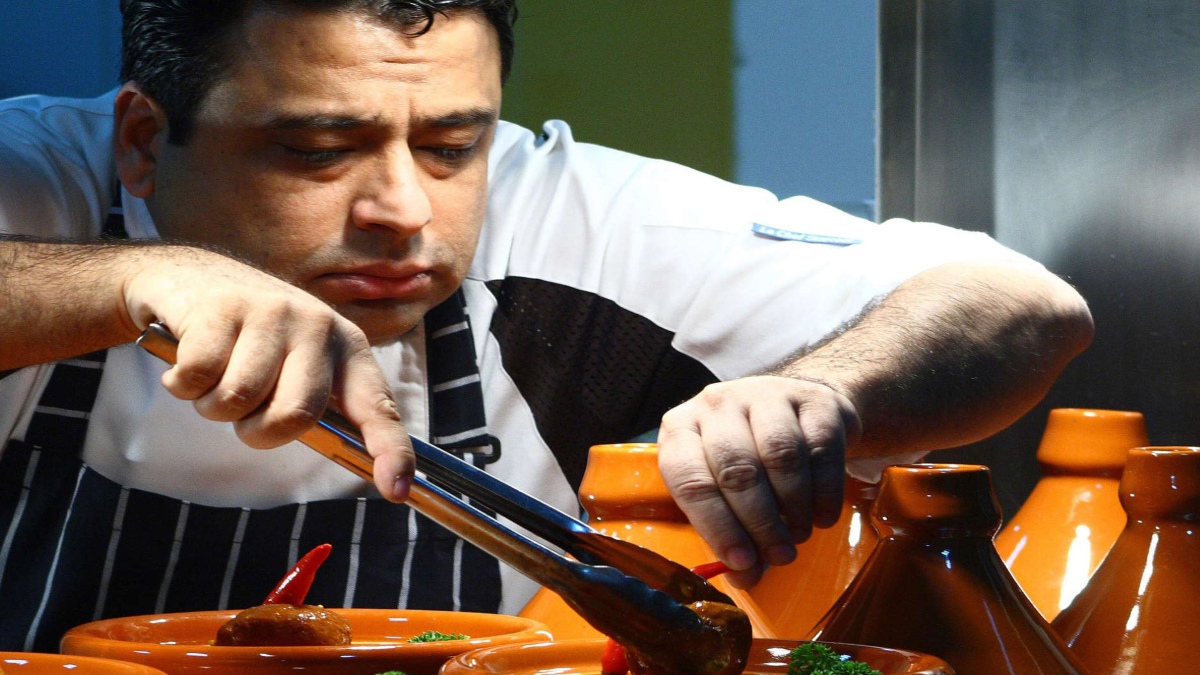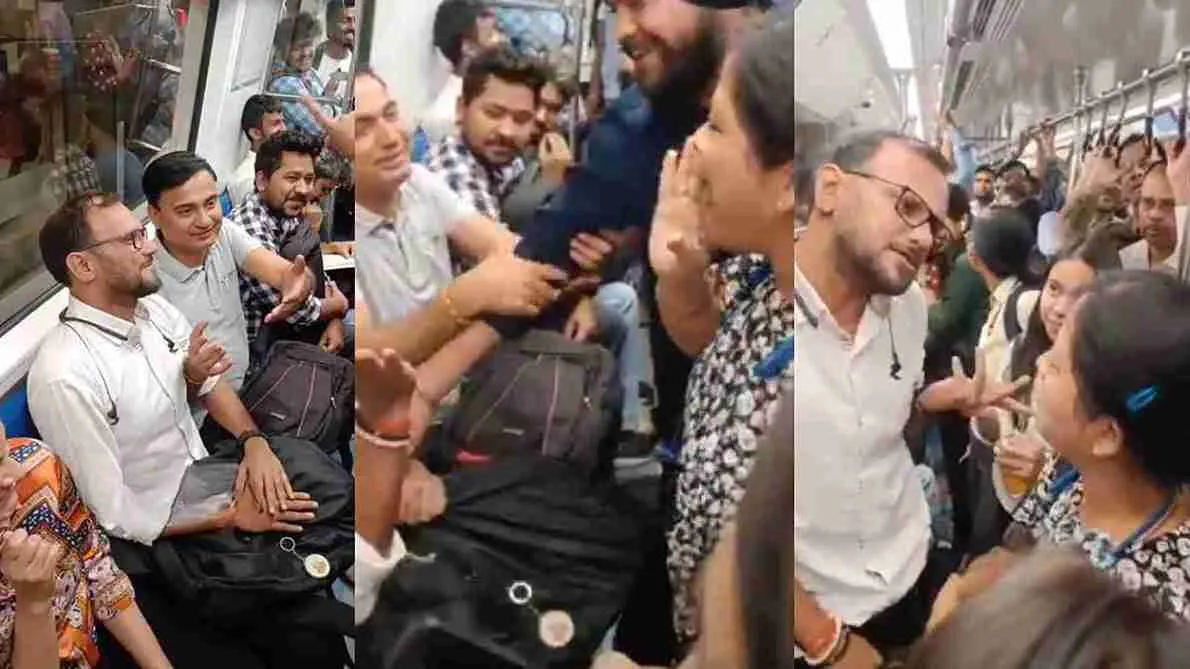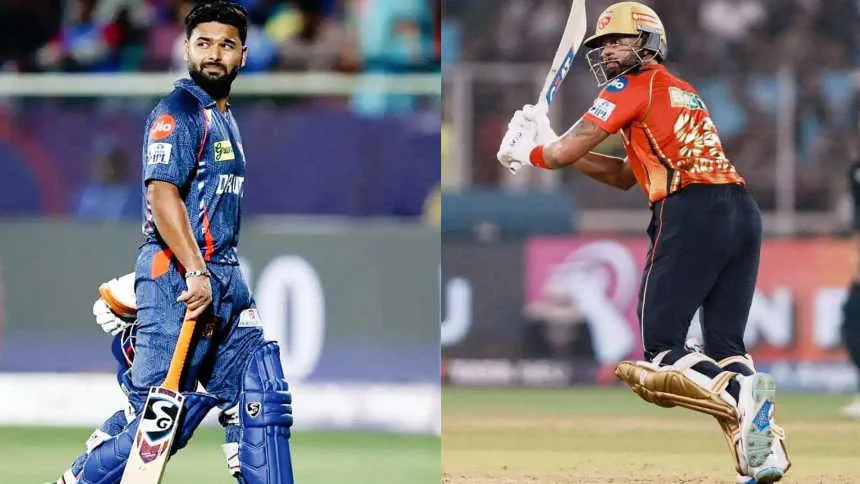NEW DELHI: Dikshu Kukreja (DK): You believe in the keenness to reinterpret nostalgic Indian dishes with global techniques and influences. How do these global influences affect your way of cooking?


Manish Mehrotra (MM): Whatever we used to do in golden times in India is slowly getting lost and now in the new context, if you have to develop it, you have to make it global. The world has become a smaller place and people are travelling more, the internet and television are there—people are more knowledgeable. So if you want to take something historic, it should be at par with this time and people can relate to it more and people outside India can also easily relate to it.
DK: When you are trying to create a memorable time, what are some of the elements you believe should be there but tend to get missed out on when one is curating that whole experience?
MM: Earlier people used to go to a restaurant or any place just to eat food or fill their stomach as it was needed. But now when people go out, especially to restaurants like ours, experience matters. Experience is like a circle; you can’t miss anything otherwise it would be breaking that circle. The food should be exceptional but it cannot fulfil the complete experience. The service has to be great and other than this, the environment and the setting are also equally important.
DK: Just like in architecture, in food also there are different ingredients that you put together to create a great dish. You’ve talked about nostalgic influences on Indian dishes coming from global influences. Your one such dish Daulat ki chaat, a recipe that is eaten all over the country, but today it has acquired global fame and there are fans of the dish all over the world. How did you come up with this concoction of Daulat ki chaat?
MM: Daulat ki chaat was invented almost 150 years back, maybe even more than that, in an old street of Purani Dilli or Lucknow or Benaras and all such places when there was no technology. So a lot of people even in India, like in southern parts of India, don’t know that something like this exists. I brought Daulat ki chaatto my restaurant, made it more global and started serving it in New York also. Since it is called Daulat ki chaat, we added this little bit of fake business of Monopoly money.
DK: Are you paying your customer to have that (laughs)?
MM: I wish so badly! (chuckles) We joke about it as this happened after so many years. Nowadays, I think in the times of video games, nobody plays that kind of a board game of Monopoly. Bringing these dishes back like Sal ka Patta which is a traditional Patta but the way we do it is completely modern. The flavour, taste profile, and everything else are the same. When you eat it, it’s authentic Daulat ki chaat or a Makhan malai or Malaiyo from Benaras, in a completely different setting. We add a little bit of chikki as the texture plays a very important role of enhancing the flavour in your mouth. This chikki also becomes one of the design elements of this chaat. It brings such a beautiful colour and texture to the dish. We also add a few almond flakes so it has the health factor to it and results in a little bit of nuttiness in your mouth. Maybe a flower. And finally, the surprise factor of this dish, the smoke. This is as light as clouds and gives a feeling that it is floating like a cloud. It will not go in your stomach but rather disappear in your mouth only.
DK: Were there any apprehensions that you thought might arise in the minds of your customers when they would look at these very traditional and conventional Indian dishes being served to them in a completely different way when it lands up the table? Do you think this is something they would be concerned about?
MM: Yes, when we started this restaurant 11 years back, that was one thing which I used to always think about – whether people will accept this kind of food, the design, and plating or not. In the beginning, it was a bit difficult as you’re opening an Indian restaurant in Delhi without butter chicken, how can this be possible? But slowly people started understanding what I exactly wanted to convey. These are traditional flavours and dishes prepared in a global way.
MM: As an architect, how would you deconstruct a dish, from a design point of view?
DK: For me, when you look at food, I feel it is not just essential to satisfy your hunger. Just the way I believe when I design a home, it’s not just about creating a shelter. There is more to it than that. For me, it is about all the sensory experiences that you engage in. For example, right here if you see, it is about the touch and the texture of the food item. If a dish is served, one looks at the colour and balance. This colour (points at a yellow bell pepper) for me, seems so appealing. And look at it offset against the white mushrooms and the red chillies. It’s the colour, symmetry and balance that matters. It’s the flavours that matter. All the senses that one can think of, for me, that’s what is deconstructing food – engaging all the senses one can relate with.
MM: True that! I completely agree with you.
DK: When you are preparing a meal, does your mood sometimes influence the outcome of the dish? For example, if you had a bad day at home, you’ve come in and made the meal extra spicy or something?
MM: When you ask me this question and I answer it, people would think we are joking (laughs). But honestly, it’s absolutely true! If you had a bad day in your house and you’re cooking in the restaurant, it affects your cooking. Woh bolte hain na ke aaj chef ka mood kharaab hai? (chuckles) That kind of a thing really happens and you don’t feel like you’re doing justice to the dish.
DK: Since this is a creative line, it has to do with emotions, whatever one might say. There is no complete science to it. So next time I’m having a meal at your restaurant, I’ll call up and ask – aaj mood kaisa hai ghar pe? (Both laugh)
MM: When as a chef these are the ingredients that helped me to create a dish—there are thousands of ingredients as well. Architecturally for you, what are the key ingredients for you to create a design or a building if you were to think of it as a culinary process?
DK: I feel there are so many similarities between the process of culinary design and architectural design. Now, let’s compare how we both start – when you are thinking of creating a dish or I’m thinking of creating a design for a building, we both start with a vision, focusing on what our goal is. Once we lock that vision, we start procuring the materials. You procure these kinds of ingredients and I procure through our construction companies the materials that will be used for construction. And then there is this whole process of melting it, grinding and mixing or marinating and curing it over time, respectively. All these processes, in a way, are so similar. And then, finally, when the structure of the meal or the building is almost done, you go about garnishing the meal and we go about creating the skin or facade of the building so that the overall structure gets enveloped and is a complete element in terms of a building design. I think there’s so much similarity in that regard that we break down, pick up the components and from there bring them together to create an ensemble that leads you to a result.
Watch Deciphering Design with Diskhu Saturday 7:30 pm & Wednesday 7:30 pm
Follow:
Instagram – @dikshukukreja
Twitter – @DikshuKukreja
Facebook – @DikshuCKukreja
Koo details – @dikshukukreja
DDWD handle:
1. Facebook (primary) – @designwithdikshu
2. Instagram- @cpkukrejaarchitects
3. LinkedIn – C P Kukreja Architects
4.Koo details – @cpkukreja























